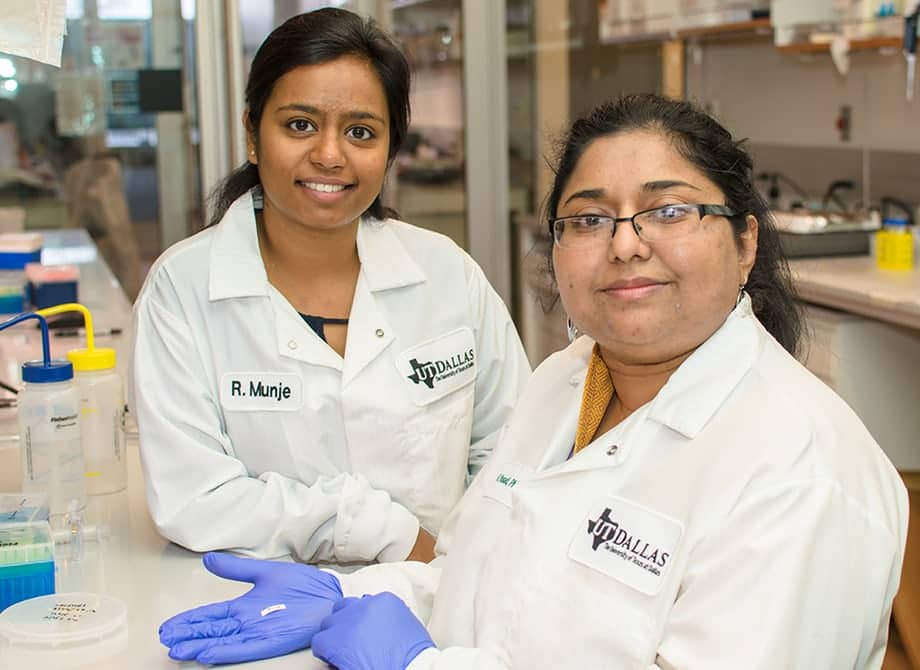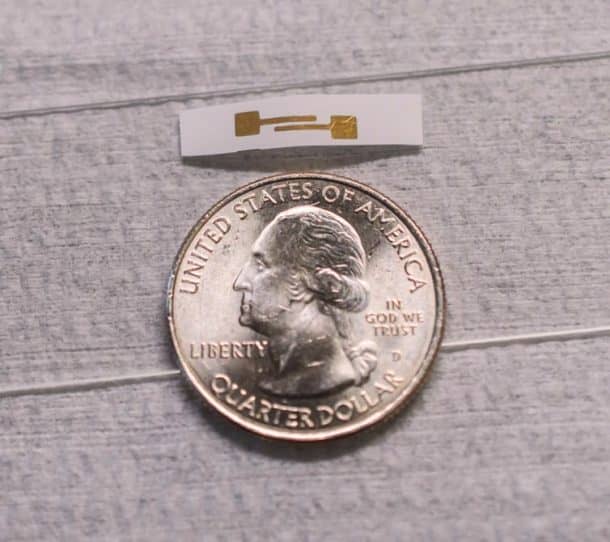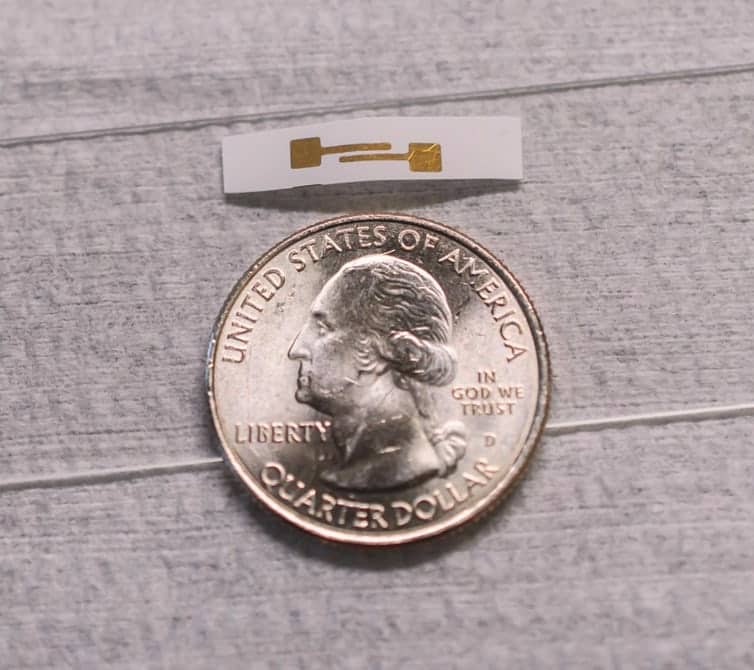Every diabetic patient dreads the painful ordeal of having to prick yourself several times a day to check your blood glucose levels. Besides being painful and inconvenient, it can also increase the risk of spreading blood contracted diseases such as hepatitis C. Given this, researchers from the University of Texas at Dallas have devised an alternate, non-invasive method that looks to cater for all these problems.

Dr Shalini Prasad and his team at the University has created an electrochemical biosensor that is capable of continuously measuring glucose levels by using the sweat of the patient! The flexible device uses stacked metal/metal-oxide thin films sandwiched within a pervious polymer-based textile. And the material uses similar chemistry and enzymatic reaction that are usually found in blood glucose testing strips.
But here’s the twist, instead of using a drop of blood the sensor uses a small amount of sweat present on the skin underneath the attachment. It can even be used beneath a health-tracking watch, and the tiny amount of sweat is enough to determine your glucose levels.

The sensor can spread even a small amount of sweat evenly across its underside, enabling full contact with the integrated electrodes and consequently resulting in an accurate glucose reading. The surface topography of the polymer also aids in trapping the glucose oxidase molecules, which amplifies their signals and makes the usage of the device more reliable.
A person’s sweat composition can change significantly throughout the day, which includes its pH level along with the presence of compounds such as cortisol and lactic acid as a result of exercise or stress. The device has been programmed to cater for all these changes, which results in a more accurate reading.
The device required only a microliter of sweat to yield a reading – that’s about as much sweat as “would fit in a cube the size of a salt crystal.”
Although the prototype’s experimentation has resulted in accurate results, the researchers say that the commercial version of the device is still a few years away. The research has been published in the journal Sensors and Actuators B: Chemical. What are your thoughts on this state of the art glucose measuring device? Comment below!


